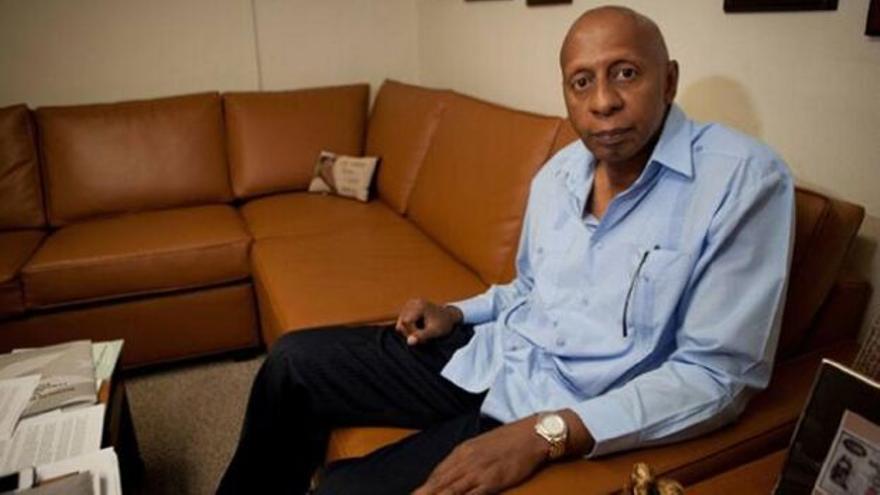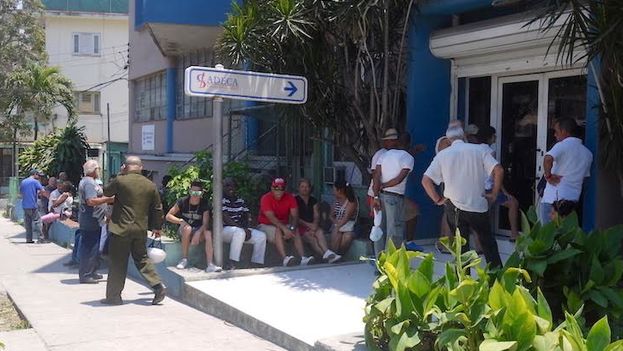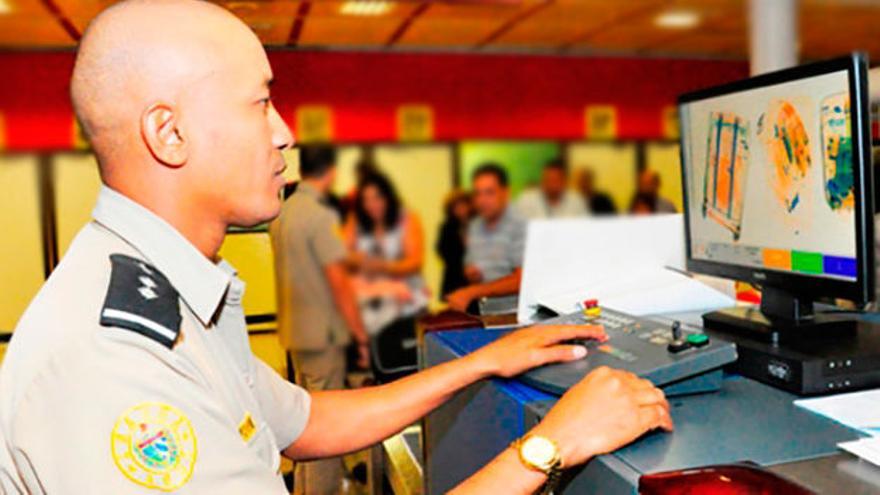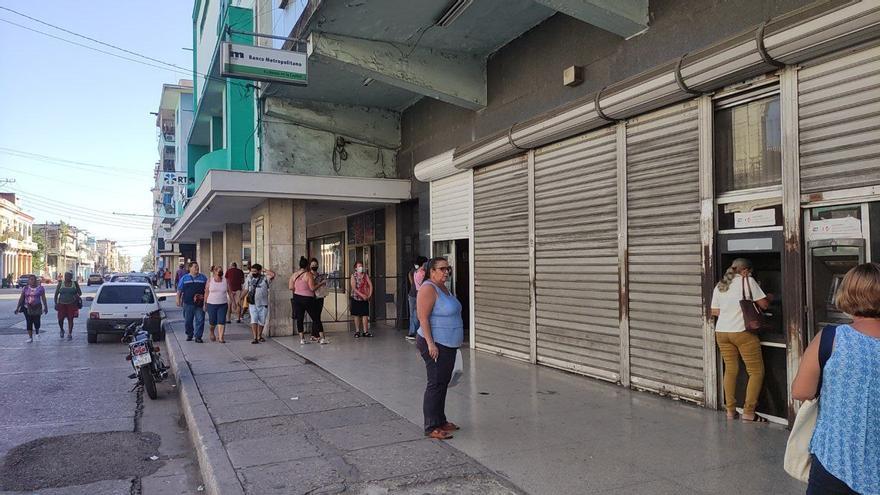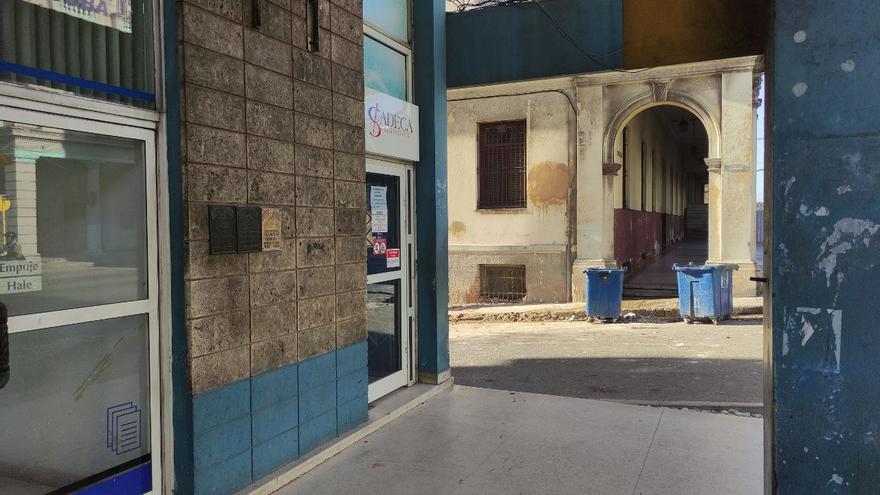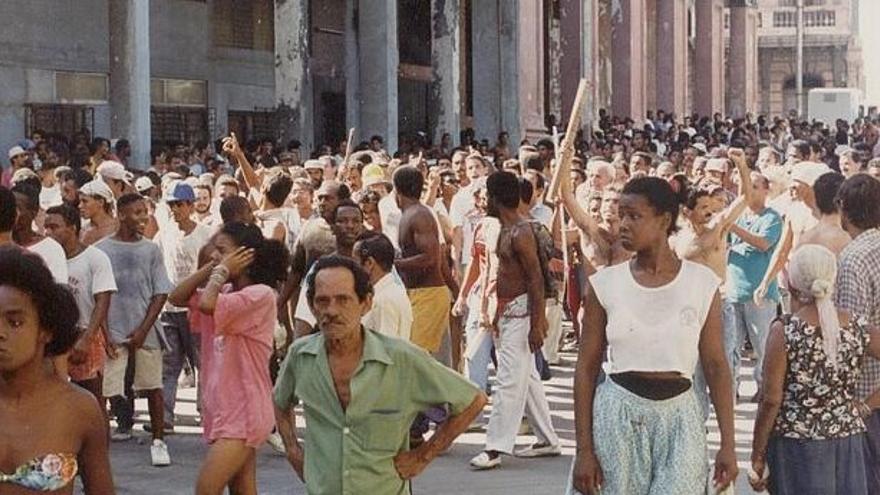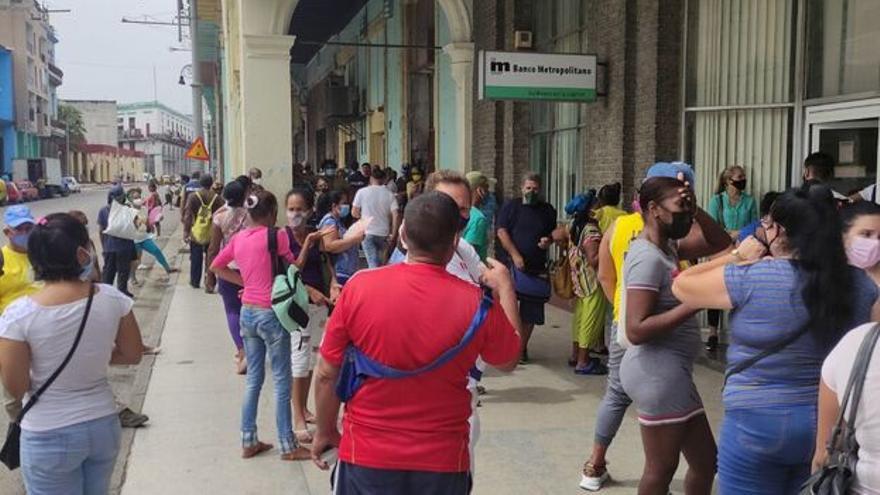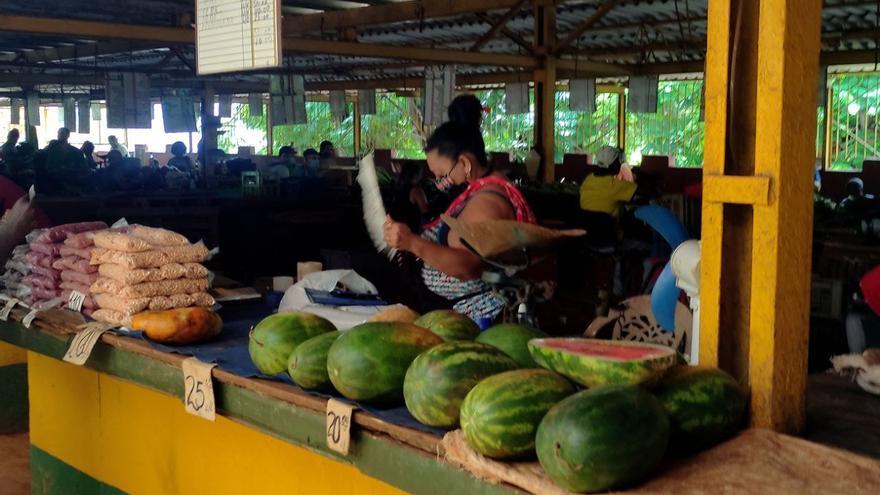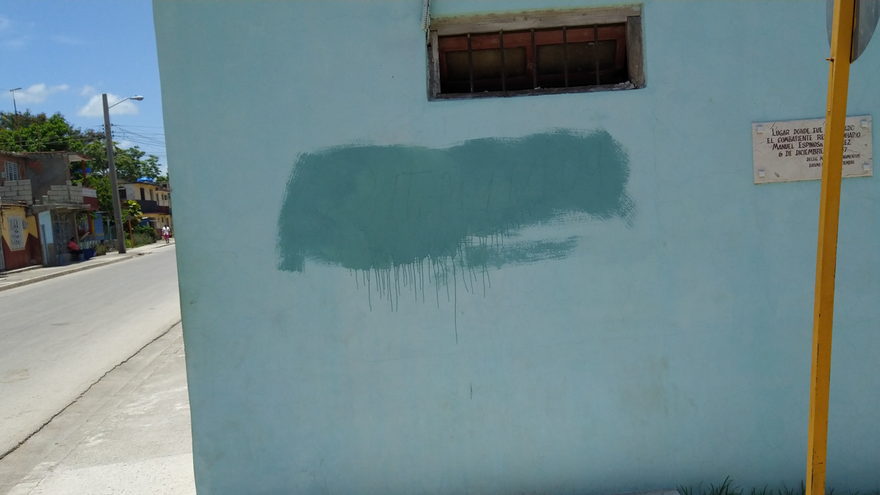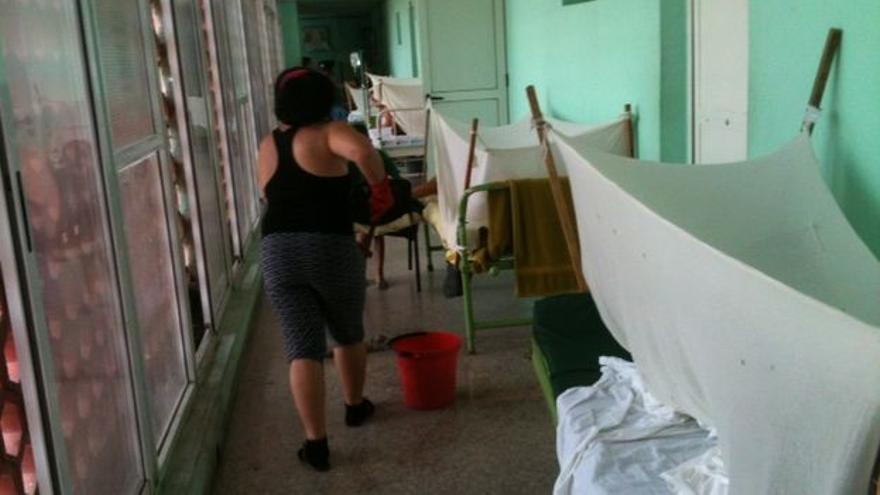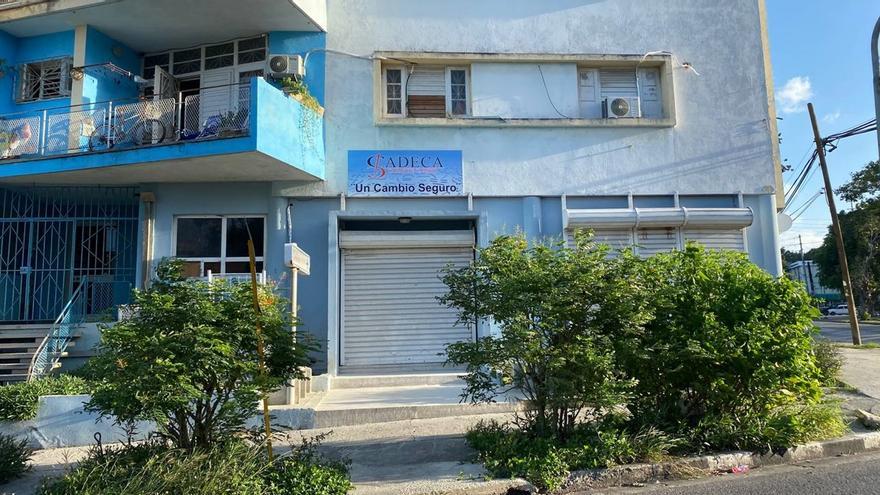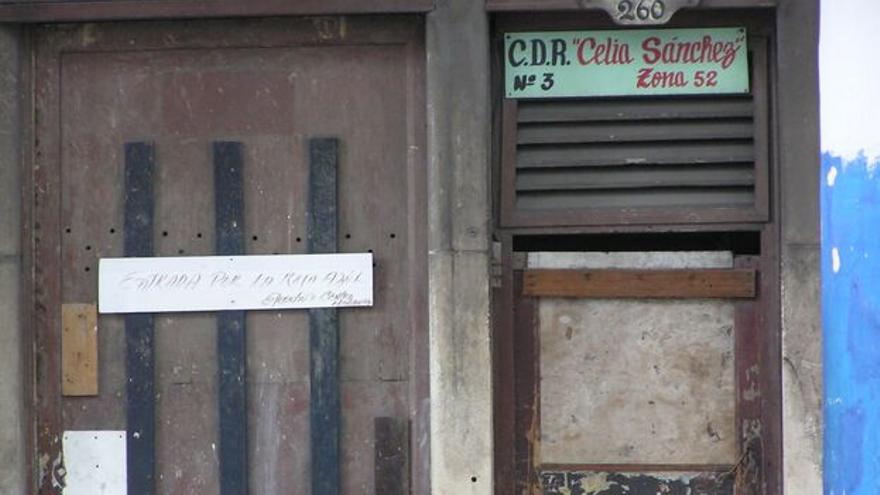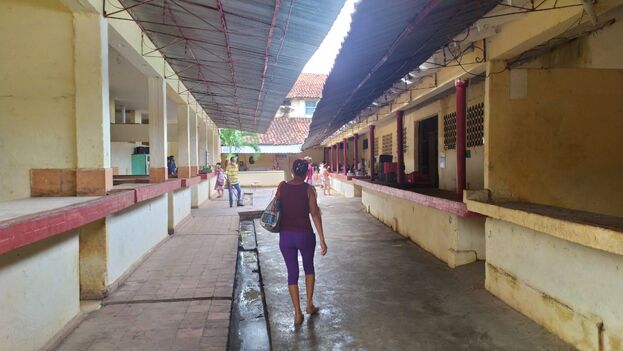In the words of the minister, “it’s expected that one of the main benefits will be the possibility for Cubans and travelers to be able to exchange currencies at a more attractive exchange rate and not have to go to an illegal market.” The minister has declared war on the informal exchange market. Who will win?
There’s no doubt that there is interest in knowing how this new foreign exchange market is going to be launched, with what exchange rate, and what effects the measure will have on the battered Cuban economy.
After explaining the differences between the secondary currency allocation scheme (implemented last May for food and manufacturing) and the foreign exchange market that is now intended to be launched, the minister gave the scoop of the night, announcing that today, August 4, mark this date, the foreign exchange market will begin to operate, at the official exchange rate of 1:120 in the upper band of the informal market. A devaluation of the peso with the dollar of 400%.
At the moment, the state exchange market starts with the purchase of foreign currency by the State, including the cash dollar. Later, the sale of foreign currency will begin, but it won’t be immediate. The minister acknowledged that work is still being done to create the conditions to do so later at points of the Cadeca exchanges, banks and airports.
Gil believes that the purchase of foreign currency at a higher exchange rate will mean an incentive to sell foreign currency to the State, in what can be understood as the regime’s decision to liquidate the informal market that has been operating since last year. It won’t be easy, and he will soon discover that in an economy there is room for everyone, and that those who focus their activity on meeting the needs of others manage to survive, even in difficult and dark times. continue reading
So the communist regime wants to do this immediately with the exchange business of the informal market, and for this, it has decided to allow the purchase of dollars in cash, although it still doesn’t authorize the placement of those dollars on a card in MLC [freely convertible currency] due to its impact on greater purchasing power that cannot be met under the current conditions. The minister doesn’t have them all with him. And of course, as it couldn’t be otherwise, the blame is on the ’blockade’ [i.e., the embargo] imposed by the United States, which he described as “an anomaly in the financial functioning of the country that has not moved a millimeter and doesn’t allow taking that step that would be favorable for the population.”
There is so much distrust posed by these measures, that Gil warned that the entry into operation of the foreign exchange market this Thursday will not affect the business system, where the 1×24 exchange rate is maintained, so that “the imports that enter do so with that rate, as well as the exports that are generated in the country.”
Señora Wilson, president of the Central Bank of Cuba, also present at the Roundtable, reported that rules have been established that facilitate the implementation of exchange market measures through the repeal of decrees 17 and 37 of 2021, and 62 of 2022, since they established a single exchange rate to operate in the national economy, and the publication of a new one, 63, which will allow different exchange rates to be established.
Based on this legal framework, Resolutions 126, relating to the issuance of several exchange rates, and 127, which establishes the purchase of foreign currency by the banking system, which is going to be implemented first, are issued. Specifically, the latter resolution establishes that banks and non-bank financial institutions will not accept US dollars in cash from natural and legal persons for deposits in bank accounts but only for purchase, justifying this decision by maintaining the conditions of the ’blockade’ and the difficulties in operating with dollars and exporting them in foreign trade operations.
Less optimistic than the minister, she acknowledged that “this foreign exchange market will not solve the problems of the domestic economy. The foundations must exist, for which we are working on new measures to provide the country with foreign exchange and the goods and services that lead to economic stability. This will allow us to go to the final objective, which is to establish a single exchange rate that allows balance in the economy and where the national currency is the currency with which everyone wants to do business.”
As of August 4, people can make the sale through transfers they receive from abroad, through accreditation to an account in national currency. Also by means of freely convertible currency accounts, with request for transfers to CUP (Cuban peso) accounts. Likewise, it can be done in cash.
The national currency will be received through deposits in CUP accounts, so that the margins are more favorable, since that is what they are promoting. Also through the delivery of cash, which will have a less stimulating margin. She added that, due to the situation of the economy, there is a very high demand for cash, but anything that is not issuing more banknotes and favoring electronic transactions will be encouraged. Likewise, she pointed out that these operations will be, for the time being, at the counter, and ATMs will soon be included as an option.
Where will this type of exchange be implemented? It will be in all provinces, in key municipalities, and, to the extent that demand allows, new conditions will be created. The service will also be provided at airports, hotels and tourist centers. The branches where this activity will be carried out will be published on the website of the Central Bank of Cuba.
At this point, the president of the Central Bank indicated that they have “considered the exchange rate of 120 CUP to 1 dollar” and that “this exchange rate is not the equilibrium rate of the economy, it’s the one for the beginning of this market.” The fixed exchange rate system established in the ordering task has passed to a better life.
Commercial banks will be guaranteed a margin for buying and selling, in accordance with an international standard. These margins are aimed at encouraging non-cash transactions and the purchase of non-dollar currencies. Specifically, a range between 2% and 9%. These margins, in the case of the purchase of foreign currency in cash and at airports, improve compared to the previous exchange rate of 1×24. Excessive margins will offer incentives to operate in informal markets that will surely refine the costs of their operations so as not to lose competitiveness.
The trading margin conditions of the operations are harmful. “If you go to the bank tomorrow and sell a euro, the bank would be giving you 119.69 CUP. For the dollar, the margin is 8%. If you sell a dollar to the bank tomorrow, you will receive 110.40 CUP.” The competitive advantage is in transfers from abroad; here the margin for the purchase of the currency will be zero, as well as for purchases or withdrawals of international cards and transfers of foreign currency accounts to CUP at the exchange rate of 1×120. For cash withdrawal through currency accounts, there will be a trading margin of 1%. For currency cash deposits in CUP accounts, it will be 1.5%, and the dollar will have a greater impact.
The president of the Central Bank reiterated that the foreign exchange market starts with the purchase operations, but at a certain time the sale will have to be implemented, because then it wouldn’t be a market. She again pointed out that the objective of the Central Bank is to defend the country’s national currency and try to ensure that all transactions are in that currency. And she recognized that, at the time, there was no choice but to implement a trade in a currency other than the peso, but that must be corrected, because it has brought distortions in the economy.
She concluded by pointing out that, in order to achieve the equilibrium exchange rate that the economy needs, it’s necessary to “produce goods and services that encourage the population to buy in the national currency and discourage the need to acquire freely convertible currency to meet their needs.”
Minister Gil was convinced that the exchange rate chosen, 1×120, offers a “reasonable guarantee so that there’s an incentive to sell the foreign currency to the state and the state can buy it.” All people who have foreign currency “can legally exchange it at an economically based exchange rate, which guarantees a return in national currency that, today, gives it a purchasing power above what those who have a salary receive. This creates a distortion in relative prices.
He also insisted that with this measure the prices of the ’regulated family basket’ (within the rationing system) or the prices of stores in Cuban pesos are not increasing; there is no growth in the price level of the economy at the level of the new exchange rate. And he stressed that “no one can say that he had to increase prices because at the Roundtable they said that they are going to buy dollars at 120 pesos. That has no impact. We are talking about buying foreign currency and giving Cuban pesos in return.”
The minister was convinced that to the extent that foreign currency can be captured, invested in the economy and offers increased in pesos, decisions can be made in the ordering of the markets, increasing offers in national currency. Some of these decisions were cited only in passing, when he referred to the concern about the control of the public deficit and the tax evasion that injects liquid into the economy that heats inflation. The minister’s distrust led him to say that “this isn’t a magical measure. It’s an indispensable measure. It’s a step in which we have to continue moving forward and incorporate the sale,” an argument that reminds us, a lot, of the Ordering Task*.
He recognized that the exchange rate of 1×120 is not equilibrium, nor market; it’s only for buying. When buying and selling operations begin, an exchange rate will be sought that balances supply and demand, and certain limits will have to be placed on the sale. Bad business. If the minister wants to manage and put limits on market action, he will obtain the worst possible result. Achieving the equilibrium exchange rate is the result of the action of supply and demand, with the state keeping its hands off the process.
The minister said that with these measures it’s possible to achieve a society with the greatest possible equity and social justice and mentioned that people who don’t have dollars or euros to sell be given national currency in return. In his opinion, “if the socialist state captures these currencies, they are reinvested in favor of society.” An erroneous conviction of which he has long experience. Finally, he recognized that this measure is taken to “give legality to the foreign exchange market, putting its feet on the ground with an objective vision of reality and looking for ways to capture and channel those currencies according to society.” If instead, he had supported the informal market for its consolidation in the economy, the result would be much better.
He concluded by pointing out that immediate effects cannot be expected. The measures try to address the lack of foreign exchange, look for a mechanism to channel the currency according to offers in national currency and tax the objective of recovering the purchasing power of the Cuban peso. All this is to achieve an economy that operates in national currency in all its transactions and to have the ability to buy from a salary, from income. And by the way, end the informal exchange market, one of the few spaces of economic freedom and efficiency in the Cuban economy. It is another thing for him to understand this.
Editors’ note: This article is reproduced with the permission of its author and was originally published in Cubaeconomía.
*Translator’s note: **Tarea ordenamiento = the [so-called] ‘Ordering Task’ is a collection of measures that include eliminating the Cuban Convertible Peso (CUC), leaving the Cuban peso as the only national currency, raising prices, raising salaries (but not as much as prices), opening stores that take payment only in hard currency which must be in the form of specially issued pre-paid debit cards, and a broad range of other measures targeted to different elements of the Cuban economy.
Translated by Regina Anavy
____________
COLLABORATE WITH OUR WORK: The 14ymedio team is committed to practicing serious journalism that reflects Cuba’s reality in all its depth. Thank you for joining us on this long journey. We invite you to continue supporting us by becoming a member of 14ymedio now. Together we can continue transforming journalism in Cuba.
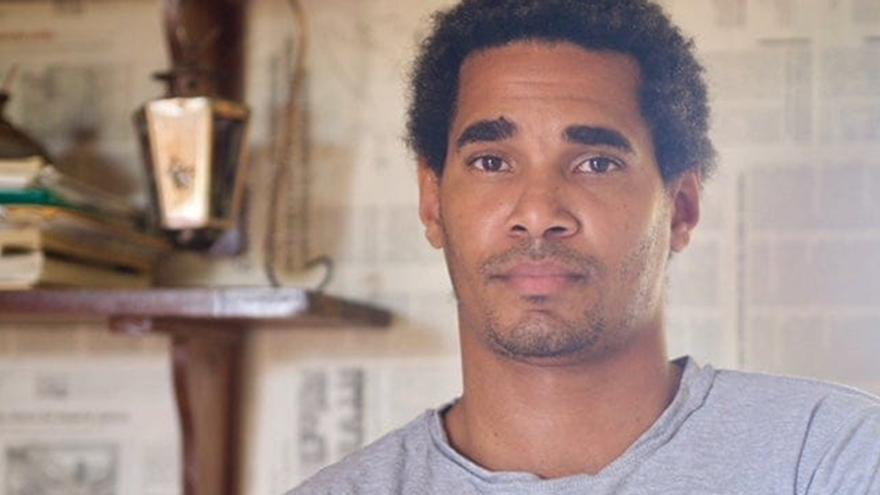
![]() 14ymedio, Havana, August 5, 2022–Cuban opponent, Luis Manuel Otero Alcántara, who is being held in the maximum security prison of Guanajay, has been transferred to a “shuttered cell and held in solitary confinement,” according to a statement published by the San Isidro Movement (MSI).
14ymedio, Havana, August 5, 2022–Cuban opponent, Luis Manuel Otero Alcántara, who is being held in the maximum security prison of Guanajay, has been transferred to a “shuttered cell and held in solitary confinement,” according to a statement published by the San Isidro Movement (MSI).
